From supermarket to palace: an ordinary woman now on the throne
A likeable, unfussy woman with a taste for horses, books, gardens and gin, Camilla is like someone any of us have met. Her other role is as Charles’s emotional support pet.
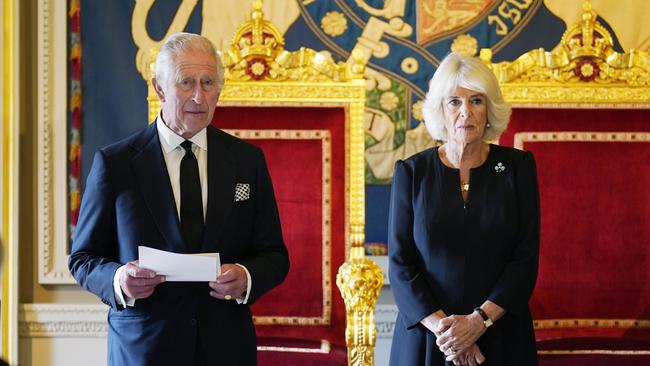
On Saturday, when Charles III was signing the royal proclamation and officially named as our new king, there was some bother with the pens. A lackey had not cleared them off the signing table in time and his majesty let some emotion leak out: a brief, annoyed, baring of his lower teeth.
Behind him, standing to attention, was the new Queen Consort, who gave a flicker of an eye-roll. Was Camilla sharing her husband’s frustration with the mechanics of pomp, or ever so faintly amused by them?
The answer is the key to Camilla’s role as the now highest-ranked royal female. She is on the one hand, a 75-year-old grandmother of five, interested in horses, gardens, books, gin and tonics and good causes. Like most of us she set her hairstyle young, in the distinctive outward flick of Farrah Fawcett, who was the same age as Camilla, in the era of Charlie’s Angels (irony of the title noted).
She has the basso voice of a reluctant ex-smoker, which deepens her gurgling laugh, her humour falls into the gin category of “extra dry”. In short, a likeable, unfussy British woman, similar to someone any of us have met, particularly in the posher bits of muddy Gloucestershire. She is the first queen to have managed her family’s weekly shop at Sainsbury’s, though few women in the supermarket car park were papped quite as aggressively.
However, if we accept that the royal family aren’t just human, they are also players in some kind of national story, whether you consider it more of a sitcom or the Jungian archetypes favoured by the King’s erstwhile mentor, Laurens van der Post, where does Camilla fit?
She is not like Queen Elizabeth II, or increasingly her daughter Princess Anne, wise and dutiful (as Oscar Wilde said, “All women become like their mothers. That is their tragedy. No man does. That’s his."). Nor is she Princess Diana, who was hyper-aware of her place in the fairytale, referring to herself in her tapes for the journalist Andrew Morton as the girl doomed to be “a sacrificial lamb”.
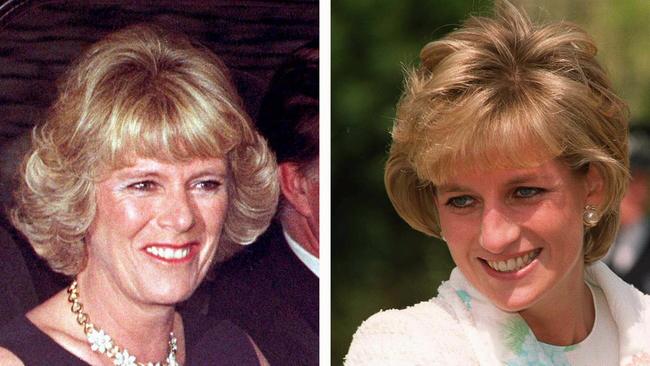
Instead Camilla brings her own distinctive tang and it is extremely modern. She is simultaneously able to suggest she finds the edifice of royalty absurd, while being wedded to the human at the heart of it: the apologetic smile as she approaches crowds, her lack of truck with grandeur (as everyone who knows her well attests, her signature look when young was “dragged backwards through a bush”, typically by a horse); her sympathetic self-deprecation with photographers, “Sorry, you’ve got to photograph an old bat this morning,” as she said to Vogue earlier this year. Yes, she scrubs up in the ceremonial robes, but her side-eye acknowledges she realises they don’t make her special. Take the job seriously, but not yourself, which is the way to stay sane, especially in the increasingly republican Carolean era.
She was 49 when Charles and Diana divorced in 1996, and like any actor propelled to Hollywood in midlife attests, it is easier to stay normal when you approach the delusions of celebrity life in maturity rather than as an infant, like Charles, or a teenager, like Diana.
It is often said that Charles and Diana’s relationship was doomed by the fact they had little in common. Diana was a committed urbanite, while Camilla and Charles ploughed deep into the aristocratic tradition of the “hunt”, going back to Henry VIII.
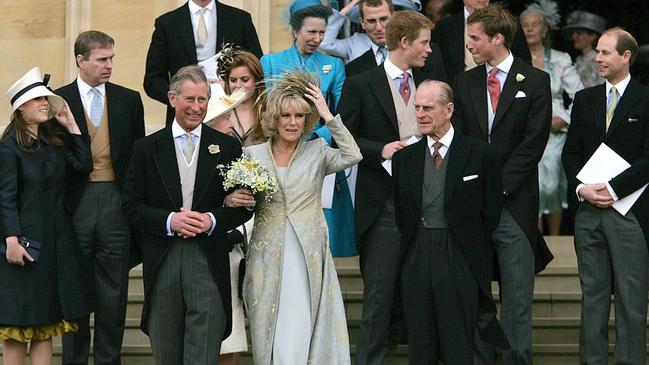
In hindsight it is clear that Charles and Diana had too much in common. They both suffered from lonely childhoods in echoing stately homes. Diana’s mother “legged it” as Diana put it; while Charles competed with his mother’s millions of subjects for maternal affection.
In The Diana Chronicles by Tina Brown, Brown notes as an aside, “If you stuck an Edwardian-style picture hat on the head of Camilla Parker Bowles, you would be struck by her resemblance to Charles’s adored nanny, Mabel Anderson”. I thought this theory of Camilla, slightly older than Charles, as a “version of jolly first imprinted caregiver” was a stretch until I looked up images of Anderson. While you’re googling, I’ll call Freud.
In the 1990s Private Eye used to mock Prince Charles as “Heir of Sorrows”; his key is naturally minor. He and his first wife were deeply introspective and unable to help each other find whatever they had lost.
Meanwhile Camilla had in Sussex what her biographer Gyles Brandreth called an aristocratic version of an Enid Blyton childhood (Blyton’s fiction, not her actual distracted parenting). Camilla has called it “perfect in every way": ponies, parties, and parental attention; close, warm and exceedingly happy.
As an example, Camilla’s father devotedly read to his children. His legacy appears in Camilla’s literacy programs and her virtual book club, The Reading Room. His legacy also appears in Camilla’s support for the victims of domestic abuse who can’t claim home as the cosy refuge it was for her. It used to be said that Diana infused the Windsor clan with beautiful genes. Camilla brought with her a genetic inheritance of emotional health. She was fun.
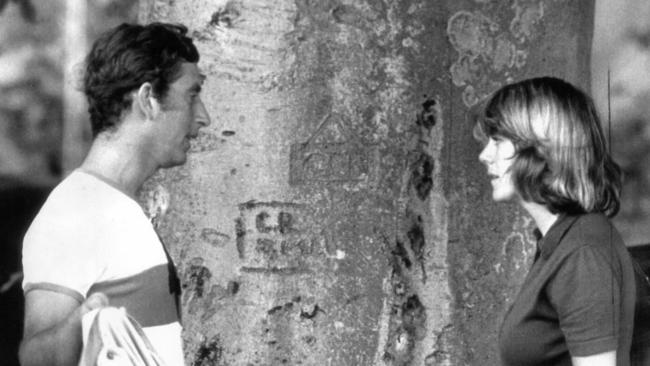
Her great-great grandmother Alice Keppel was the favourite mistress of King Edward VII. Keppel’s biographer Theo Aronson said Keppel was “amusing, even-tempered, uncomplaining”, in the King’s company, which makes her sound like an emotional support animal. In Camilla: Her True Story by Caroline Graham, Graham quotes Prince Charles’s valet Stephen Barry as saying, “the Prince had to be in constant contact with Camilla or he couldn’t function properly’‘.
The love letters between Camilla and Charles during his first marriage were found by Diana and shown to a publisher. Camilla strikes a jokey tone, she signs off “your devoted old bag”. Their pet names for each other are Fred and Gladys, from their shared love of the 1950s comedy The Goon Show, as well as being a typically aristocratic pastiche of working-class life. As Brown says, “Charles wanted more laughter and less agony”.
In the last series of The Crown, Emerald Fennell plays Camilla, dispensing hard reality to Charles with a fag in her hand, far savvier than him in predicting how the public will turn against them: “Someone like me has no place in the fairytale.” Her value to the new royal regime is knowing we have grown out of fairytales.
The ascension of Camilla would have been unthinkable after the death of Diana in 1997. Camilla was not responsible for the death, but bloodied by association and often branded the “most hated” woman in Britain. The venom was often directed into placing her on the “worst dressed” lists, she was described in one newspaper as packing “the stylistic punch of a Yorkshire pudding’‘. Grayson Perry, the artist, said Camilla was one inspiration for his cartoonish cross-dressing alter-ego Claire.
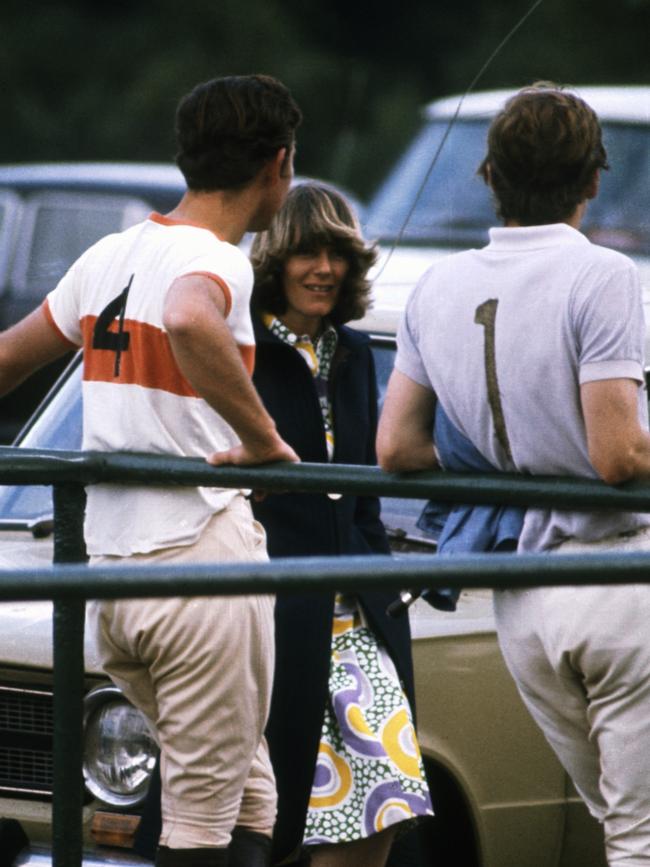
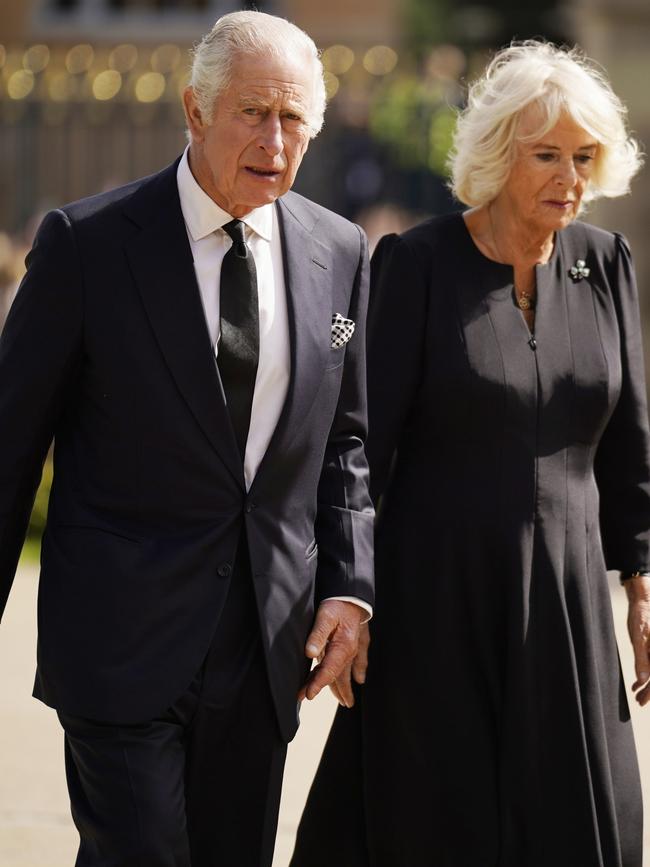
Her rehabilitation was managed by Mark Bolland, recruited in the 1990s by Charles as a press secretary. Bolland understood that joining the royal family was a long game, a bit like moving to a remote village: no one would consider you a local for a generation or two, or at least until the next outsider arrived.
Camilla helped by having no greed for the limelight, or for the Princess of Wales title. A little like Queen Elizabeth II she seems to have little interest in herself, including self-pity.
The Times gave positive coverage to one of Camilla’s first joint tours with Charles in 2006, when they visited India together. Charles was moody and bored when he appeared without her, when she was by his side he was delighted with his “darling wife”, constantly checking where she was and murmuring sweet nothings like, “Your first carrot, darling,” as she fed a donkey in Cairo.
In contrast to the “stiff heir in a suit, still lugging baggage from his first marriage”, Camilla was “unstuffy”. The Times got a slew of visceral “adulterer” hate mail in response. In that year a Times poll found only 21 per cent of the British public would be happy with Camilla as queen. In a YouGov poll published yesterday 53 per cent thought Camilla would do a good job in her new role.
Also in 2006 Camilla was honoured at the Oldie of the Year lunch for her “strength and conviction under the gaze of the public eye”. She sent the novelist Jilly Cooper to pick up the award, her friend since they met at Gloucestershire horse trials. “She never takes herself too seriously,” Cooper has said. The author has also said that the adulterous hero of her bestselling book, Riders, called Rupert Campbell-Black, was partly inspired by Camilla’s first husband, Andrew Parker Bowles. It’s true that the darkest period of Camilla’s life, the scheming, adulterous years, were like the plot of a Cooper romp transposed to tragedy.
Brown believes Andrew Parker Bowles “initiated” Camilla in the pain of betrayal. She was trained by his behaviour to become a stoical survivor, which served her in the intervening decades. Camilla absorbed the agony her first husband’s affairs inflicted on her and so minimised the effect her affair had on Diana.
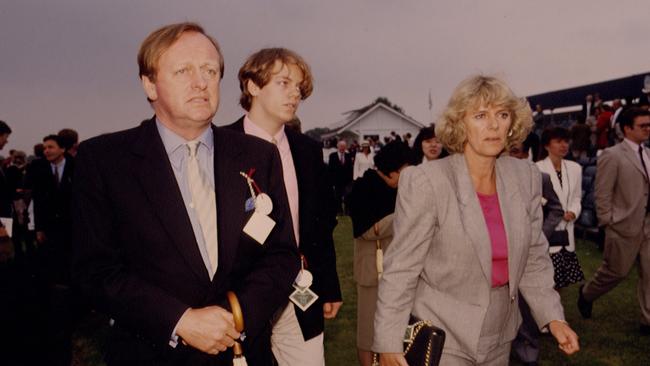
That, or as Penny Junor said at a literary festival to launch her own biography of Camilla, it’s “just how the upper classes bonk”. The fifth series of The Crown, covering exactly this territory, is due to be a PR disaster for the palace. It was due to air later this year, and may now be slightly delayed.
“It’s not easy,” Camilla told Vogue earlier this year about that period. “I was scrutinised for such a long time that you just have to find a way to live with it. Nobody likes to be looked at all the time and, you know, criticised and … You’ve got to get on with life.”
It’s hard to explain to non-British people the attitude some of us have towards the royals, as ciphers rather than fully human. I, for instance, once bought a set of Charles and Diana wedding tea caddies in a charity shop. I think I thought I was being ironic, and then I forgot about them.
A few years ago, for an article, I had in my kitchen Tom Parker Bowles, the food writer and Camilla’s son (and Charles’s godson). He was showing me how to cook a recipe and could not have been more generous with his time. Out of the kitchen for a moment I called, “Make yourself at home! Tea’s by the kettle …” I suddenly remembered with a sick lurch who his mother is and where the tea was. And that the royals are real. I was ashamed. I hope that, like his mother, he didn’t take it too seriously.
The Times

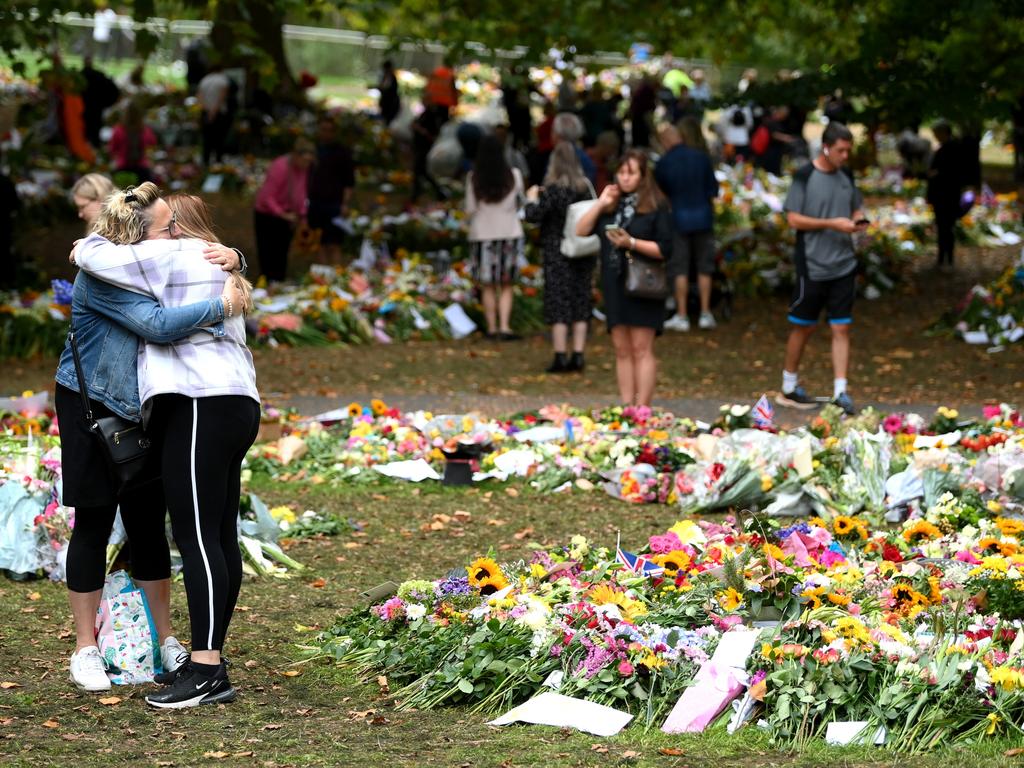
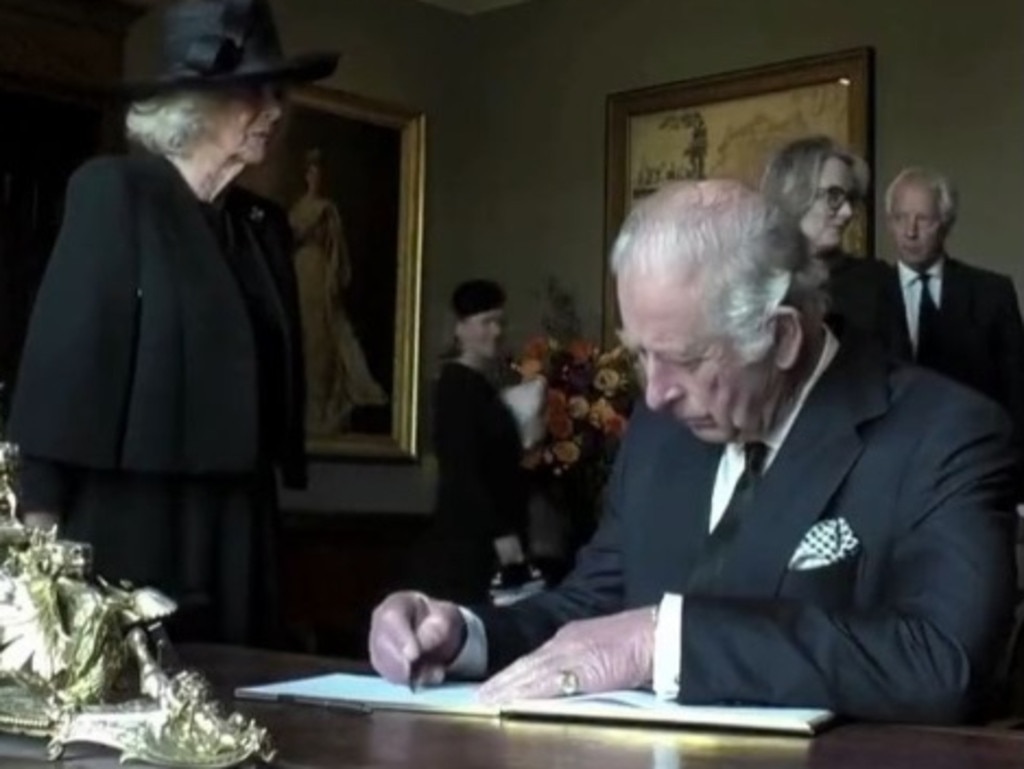

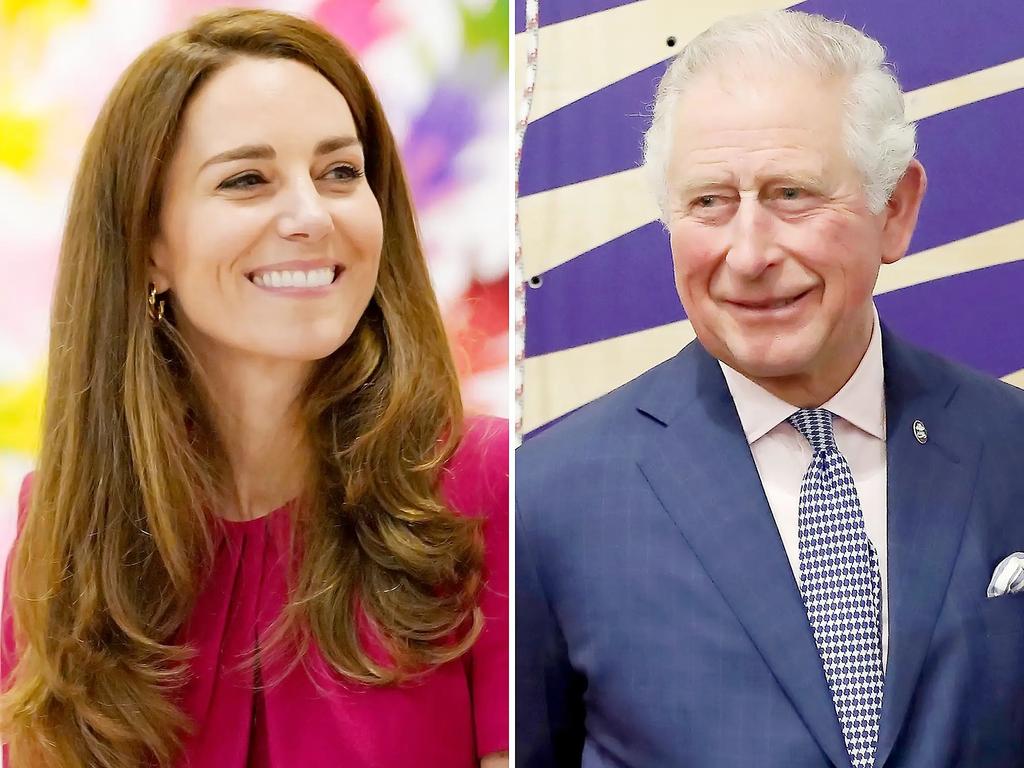
To join the conversation, please log in. Don't have an account? Register
Join the conversation, you are commenting as Logout